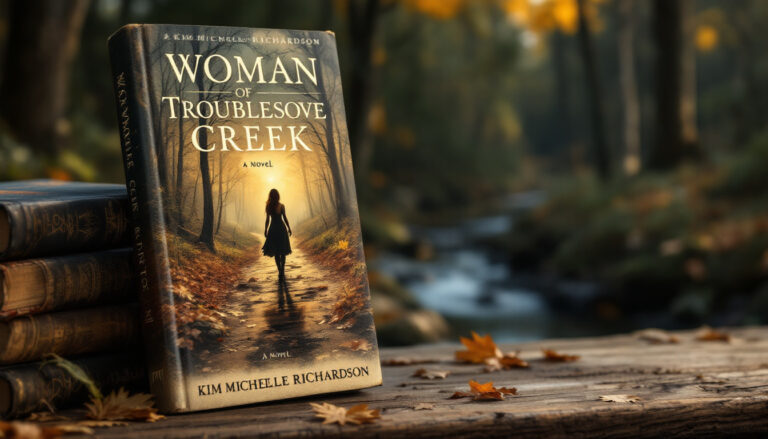Go Tell the Bees That I Am Gone by Diana Gabaldon Book Review
Diana Gabaldon’s ninth installment in the Outlander series, Go Tell the Bees That I Am Gone, is a literary experience, blending history, romance, and the complexities of family. This book draws readers deeper into the lives of beloved characters like Claire and Jamie Fraser amidst the turmoil of 18th-century America. Below, we explore the heart of this novel, examining its themes, strengths, and some of its shortcomings.
Reunions and Revolutions
Set in 1779, the novel focuses on Claire and Jamie Fraser, who are finally reunited with their daughter Brianna, her husband Roger, and their children on Fraser’s Ridge. The dramatic backdrop of the American Revolution plays a significant role, infusing tension and unpredictability into the storyline. While their home offers moments of sanctuary, trouble brews as the family navigates war and personal challenges.
The title itself, Go Tell the Bees That I Am Gone, arises from a Celtic tradition of informing bees about occurrences in the family, enhancing the book’s connection to nature and spirituality. Gabaldon once again integrates cultural lore into her narrative, offering readers a meaningful layer of symbolism.
For a deeper dive into the context of the novel, Diana Gabaldon’s official website provides fantastic insights about the Celtic customs that inspired the title.
A Rich Tapestry of History
Gabaldon’s research and dedication to historical accuracy are evident. From intimate scenes on Fraser’s Ridge to larger events threatened by war, the book captures both personal and political turmoil. Those familiar with the series will appreciate how real-world events intertwine with fictional lives.
However, at over 900 pages, some critics have noted that Go Tell the Bees That I Am Gone can feel overwhelming at times. Themes like loyalty and sacrifice are deeply poignant, yet the pacing occasionally struggles under the weight of excessive detail. As one reviewer described on Goodreads, the narrative’s slower sections might test a reader’s patience.
Multi-Dimensional Characters
One of Gabaldon’s strengths has always been her character development. Readers not only follow Claire and Jamie but also dive into the evolving lives of Brianna, Roger, and other key players like Lord John Grey and William Ransom. Gabaldon’s ability to explore generational relationships while maintaining individual depth is remarkable.
Yet, some readers have noted challenges. For instance, on Dear Author, critics pointed out moments where subplots feel scattered. Unlike earlier novels, where every thread seamlessly wove into a cohesive narrative, this installment occasionally meanders.
Themes That Resonate
The themes of family, loyalty, and the passage of time remain central. With its mix of historical realism and speculative elements, Gabaldon continues to explore the joys and hardships of navigating life across centuries. The Revolutionary War is more than a mere setting—it becomes a critical force shaping relationships and individual fates.
However, for readers new to the series, this novel might be less accessible. The complexity of backstory and various overlapping narratives could feel daunting without the context of earlier books. Those intrigued may find it helpful to explore the Outlander Wiki for background before starting.
Balancing Strengths and Weaknesses
The novel isn’t without its flaws. There are moments where the pace slows, and some readers have found the lack of focused plot progression frustrating. In comparison to earlier books, like Voyager or Outlander, where every page seemed vital, this one feels more introspective. Critical fans on forums like Reddit have expressed disappointment over its uneven structure. However, the depth of emotion and vibrant world-building remain undeniable strengths.
The Verdict
Go Tell the Bees That I Am Gone by Diana Gabaldon may not be the most fast-paced offering in the Outlander series, but it delivers a richly woven tale of love, history, and familial bonds. For long-time fans, it offers a sense of nostalgia and connection to beloved characters.
For newcomers, however, diving into the ninth book might feel overwhelming without prior knowledge of the series. If you’re considering starting from the beginning, Goodreads has excellent guides to help you navigate the timeline of the Outlander series.
In short, this book is less about grand revelations and more about the quiet, enduring strength of family—something Gabaldon’s readers have cherished for years. Despite some imperfections, Bees proves that the epic journey of Claire and Jamie is far from over. Where will Gabaldon take us next? Fans will undoubtedly be waiting to find out.







